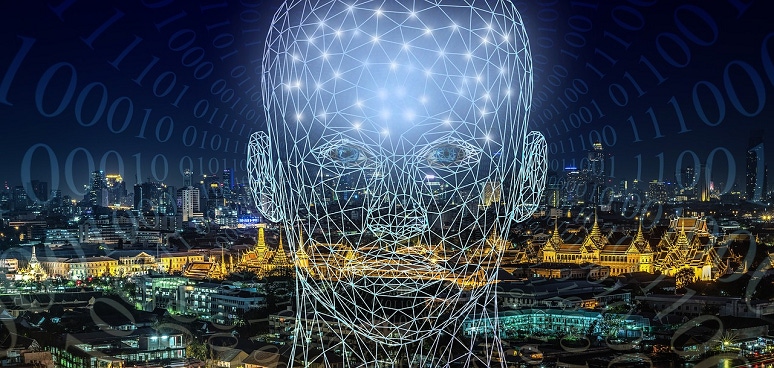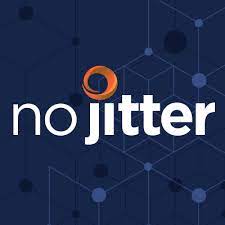What is an AI Agent?What is an AI Agent?
Agentic Computing using large language models (LLMs) may be the next inflection in AI and generative AI. Read on for an overview of what AI Agents are and how they can be used.
November 11, 2024

An “AI agent” is software that autonomously acts on your behalf. For example, the calendar invitation and acceptance process are “agentic” in that an autonomous software process that completes the user’s desired action. Here are a few other definitions of AI agents:
AWS: A software program that can interact with its environment, collect data, and use the data to perform self-determined tasks to meet predetermined goals.
IBM: A system or program that is capable of autonomously performing tasks on behalf of a user or another system by designing its workflow and utilizing available tools.
Microsoft: Agents can perform specific tasks, answer questions, and automate processes for users. Agents vary widely in complexity, ranging from simple chatbots, to copilots, to advanced AI assistants in the form of digital or robotic systems that can run complex workflows autonomously.
The concept of autonomous AI agents is not new, as Bradley Shimmin, Chief Analyst, AI & Data Analytics with Omdia, discussed in this article. According to Shimmin, what is different with today’s AI agents is the use of large language models (LLMs).
AI Agents that Use LLMs
LLM-based AI Agents – also referred to as ‘Agentic AI’ or ‘agentic computing’ – are created when an LLM (or multiple different LLMs) is segmented into different roles. Then, an agent framework is used to enable those different roles (LLMs) to communicate with one another. The different roles include:
A Brain: the ‘master control unit’ which takes the request and figures out what it needs to do to fulfill the given task.
A Planner: This role uses different prompting techniques (e.g., chain of thought or tree of thought) to build a step-by-step of how to accomplish the request.
Memory: This role allows the ‘AI agent’ to remember what it is doing.
Reflection: This allows the AI agent to look back on what it accomplished in the process set up by the Planner.
Tools: The AI agent is also capable of acting – of doing things such as making a travel reservation or issuing a refund. These actions can be enabled via simple APIs or a more advanced agent framework that incorporates things like math, programming and reasoning. Note that giving an AI agent the ability to act necessitates constraining the agent via ‘guardrails’ – e.g., limiting access to specific systems, creating rules it must follow, etc.
Examples of agent frameworks include, but are not limited to, MetaGPT, LangChain, Llama Index, Microsoft AutoGen, CrewAI, InterLM Lagent, Haystack Agent, Embedchain, AutoGPT and BabyAGI.
Agentic AI in Platforms
Both ServiceNow and Salesforce have both launched “AI Agents” on their platforms.
In this blog post, ServiceNow says that with the release of its Xanadu platform update, “because AI Agents run on the Now Platform, they operate natively and securely with your data, workflows, and integrations.”
Similarly, the AI Agents created via Salesforce Agentforce all run on the Salesforce platform and leverage the Salesforce Data Cloud. According to Clara Shih, CEO of Salesforce AI, each of the Agentforce Agents operate within Salesforce and can only take those actions they are explicitly permitted to take. Shih said that there are five attributes of an Agentforce Agent: Role, Data, Actions, Guardrails and Channels, and that all of those pieces already exist within the Salesforce platform. For more on this, check out No Jitter’s coverage of the Agentforce announcement.
With its Xanadu platform update, ServiceNow said its Customer Service Management AI Agents and IT Service Management AI Agents will be available in November 2024 in limited release, with additional use cases added through 2025. Salesforce will have multiple out-of-the box agents available, but only Agentforce for Service and Sales will be generally available on October 25, 2024. The Salesforce Sales Development Representative (SDR) and Sales Coach are already available, but availability of the others (Buyer, Merchant and Campaign Optimizer) has not yet been announced.
Benefits of AI Agents
Agentic AI may deliver benefits like what most AI- and Gen AI-based solutions offer: increased efficiency and reduced costs. As opposed to AI Assistants – e.g., Microsoft Copilot, Webex AI Assistant, Zoom Companion, etc. – which assist humans in their daily tasks (email, meetings, etc.), an AI Agent can potentially replace a workflow or task altogether.
Initially, this AI Agent approach is being proposed as a replacement for rules-based bots (voice or text-based) in a contact center (one that faces internal employees or external customers). Over time, the technology may be deployed more widely.
Cons of AI Agents
Agentic AI computing is in its very early days, so there are several drawbacks to using them. First, generative AI models are inherently probabilistic because the large language models are based on the Transformer architecture. “Any generative AI model that's a Transformer architecture will always have at the end of it, this softmax layer that uses a probability curve to say this word, not that word,” Shimmin said. “Because of that, it’s never going to be the same every time.”
So, because the AI Agent uses LLMs the steps it takes to achieve the goal it was set may be harder to debug and thus determine where and when something went wrong. This in turn means that humans should remain ‘in the loop’ and supervise the output of the AI Agent.
Omdia’s Shimmin said that the different roles (Brain, Planner, Memory, Reflection) have to ‘converse’ with each other and iterate on the resolution of the question that was asked or the task it was assigned. Those iterations involve inferencing (the process of generating a response to the query/task), and inferencing costs include the number of tokens in both the prompt and the response. The frontier models (Google Gemini, OpenAI GPT, Claude Anthropic) have prompt windows that can hold thousands and/or millions of tokens (words or groups of characters used by LLMs to process text, images, etc.).
Summary
In the latter half of 2024, AI Agents have emerged as the ‘next generation’ of generative AI solutions. Salesforces calls AI agents the ‘third wave’ of the AI revolution: the first wave was predictive AI (predicting what might happen based on historical data) while the second wave was generative AI and LLMs, which delivered the ability to generate new content based on natural language prompts. In this third wave, an AI Agent can potentially ‘reason’ their way through multi-step tasks and then take actions to fulfill the task it was assigned.
Other Sources
For more on inferencing costs, see this post.
Cisco unveiled its Webex AI Agent.
Companies that have recently launched AI Agents: Moveworks, Druid, Slack, Salesforce, Talkdesk.
About the Author
You May Also Like





